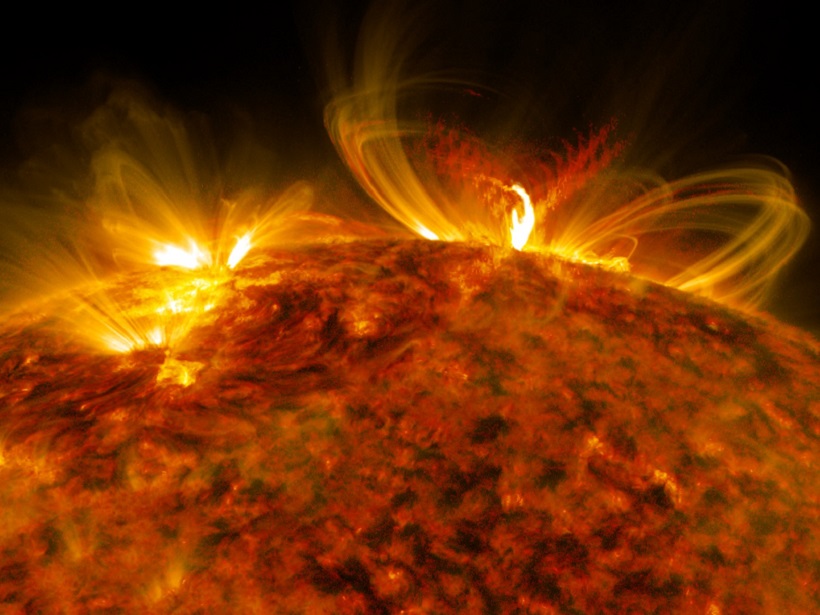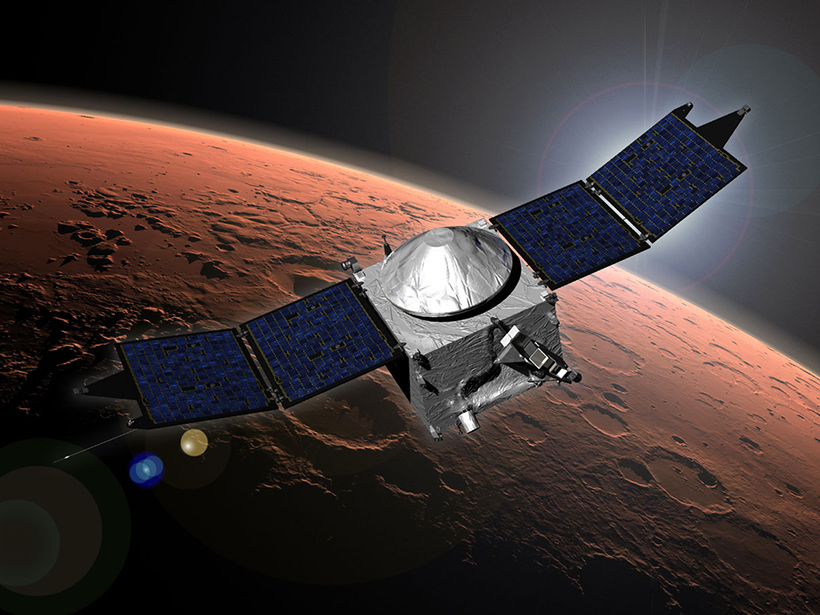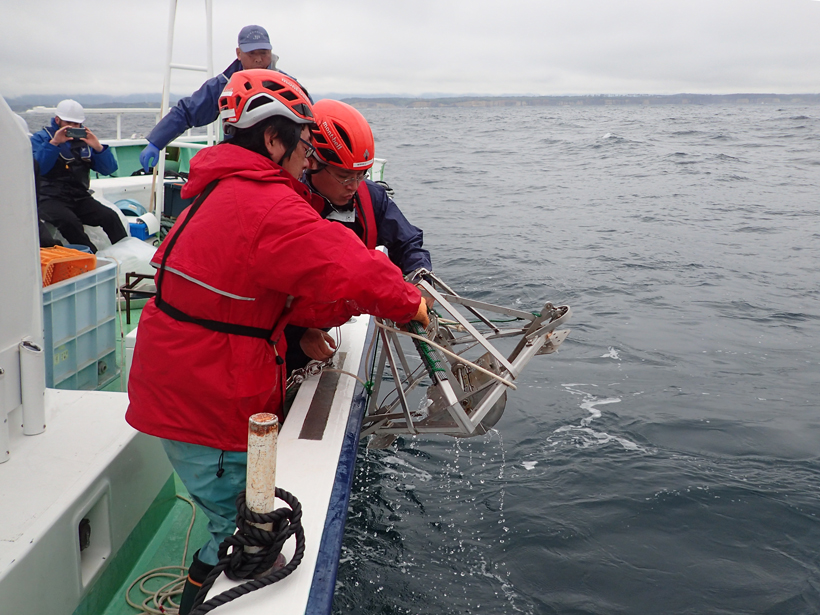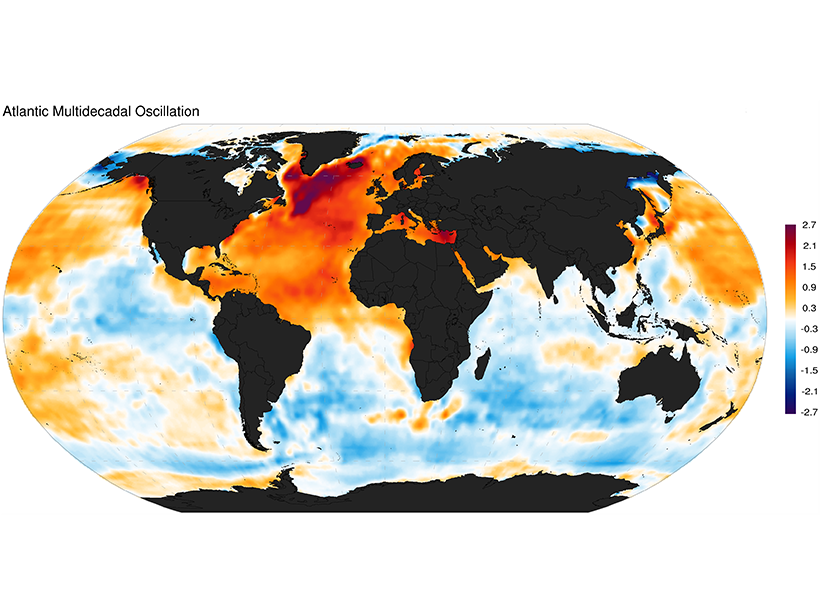A sudden burst of activity from the Sun in early September 2017 caused a wide range of space weather effects at Earth.
CC BY-NC-ND 2017
How Do Clouds React to Regional Warming?
Researchers illuminate how and why cloud feedbacks depend on spatial patterns of global warming.
AGU Welcomes Congressional Science Fellow in Program’s 40th Year
Isaac “Ike” Irby brings to his upcoming year as a science expert in a congressional office advanced training in marine science and public policy plus experience as an executive branch intern.
EPA Proposes Repealing Its Own Obama Era Clean Power Plan
The action of the agency, now realigned by the Trump administration, “just begins the battle,” according to environmentalists and others who plan to challenge EPA’s proposed repeal of the rule.
Angles of Plasma Ropes near Mars Point to Different Origins
Variation in the orientation of flux rope features in Mars’s magnetotail suggests that some of them form on the planet’s Sun-facing side and travel to the night side.
IAEA Affirms Japan’s Fukushima-Related Radioactivity Monitoring
Laboratories outside Japan have validated the results. Marine radioactivity levels from the nuclear disaster have fallen, but questions remain years after the meltdown.
Thirteen Innovative Ways Humans Use Drones
From the bottom of acid lakes to up in the sky, autonomous vehicles are changing the way scientists view and study Earth.
Summer Rainfall Patterns in East Asia Shift with the Wind
Decades of data reveal the link between westerly winds and year-to-year changes in monsoon rainfall.
Probing the Cusps of Saturn’s Magnetic Field
Data from the Cassini spacecraft show that the cusp regions of Saturn’s magnetic field—where it connects to the Sun’s magnetic field—have similarities to Earth’s and also intriguing differences.
Ocean Dynamics May Drive North Atlantic Temperature Anomalies
A new analysis of sea surface temperature and salinity over several decades seeks to settle the debate on which of two mechanisms underlies the Atlantic Multidecadal Oscillation.










